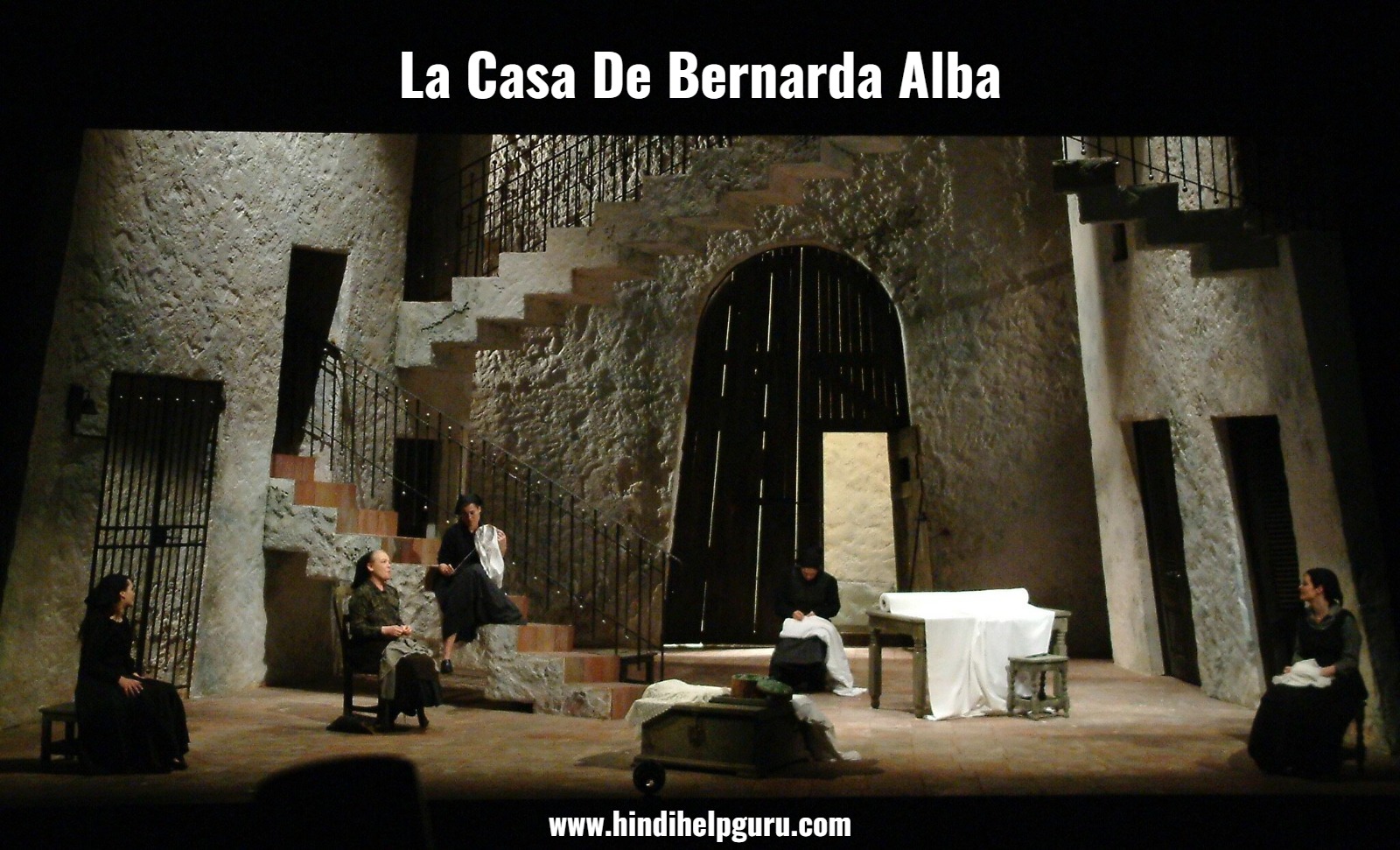La Casa De Bernarda Alba PDF Free Download
Introduction
In the world of literature, few works possess the power to captivate readers with their profound exploration of human emotions and societal norms. “La Casa De Bernarda Alba,” written by Spanish playwright Federico García Lorca, is one such masterpiece that delves deep into the themes of repression, authority, and tragedy. This article unravels the intricate layers of the play, shedding light on its characters, symbolism, and the underlying messages it conveys.

The Life and Times of Federico García Lorca
A Glimpse into the Playwright’s World
Federico García Lorca was a prominent figure in 20th-century Spanish literature. Born in 1898 in Granada, Spain, he grew up in a culturally rich environment, deeply influenced by the traditions and folklore of Andalusia. Lorca’s upbringing played a pivotal role in shaping his artistic sensibilities, which later found expression in his renowned works, including “La Casa De Bernarda Alba.”
The Socio-Political Landscape
The era in which Lorca lived was marked by significant sociopolitical upheaval in Spain. The play was written in 1936, a time of political turmoil and the impending Spanish Civil War. Lorca’s works often addressed societal issues, and “La Casa De Bernarda Alba” is no exception, providing a critical lens through which to examine the prevalent gender roles, power dynamics, and societal constraints of the time.
Unveiling the Play: Themes and Characters
The Confines of Repression
In the heart of the play lies the theme of repression. The protagonist, Bernarda Alba, embodies the oppressive nature of societal norms. She imposes strict control over her five daughters, forcing them into a life devoid of personal desires and aspirations. This theme resonates with readers as it reflects the suffocating atmosphere that can result from excessive authority.
Characters in the Shadows
The diverse cast of characters in the play showcases Lorca’s ability to capture different facets of human nature. Adela, the youngest daughter, rebels against the repressive environment, representing the yearning for freedom. Martirio, on the other hand, embodies jealousy and resentment, highlighting the destructive consequences of suppressed emotions.
The Symbolism of the House
The titular house serves as a symbol of confinement and constraint. The house not only physically traps the characters but also metaphorically confines their desires, dreams, and individuality. This symbolism underscores the broader theme of entrapment within societal norms and expectations.
The Power of Metaphors and Imagery
The Sweltering Heat
Lorca’s rich use of metaphors and imagery adds depth to the play’s themes. The scorching heat that envelops the household mirrors the intensity of emotions simmering beneath the surface. This imagery serves as a metaphor for the characters’ pent-up desires and the pressure cooker-like environment they inhabit.
The Color Black
The recurrent use of the color black throughout the play symbolizes mourning and the stifling atmosphere within Bernarda’s house. The black dresses the daughters are required to wear after their father’s death become a visual representation of the suppression they endure.
Also Read This : Hari Libur Nasional 2023 Resmi Pemerintah
The Tragic Climax and Beyond
The Tragic Culmination
The play’s climax, marked by Adela’s tragic fate, highlights the destructive consequences of repression. Adela’s defiance of societal norms and her love affair lead to a devastating end, showcasing the dire outcomes that can arise when individuality is stifled.
The Unraveling Truth
As the play unfolds, secrets and truths gradually come to light. This revelation of hidden desires and suppressed emotions emphasizes the human need for self-expression and the consequences of ignoring such needs.
FAQs
Q : What inspired Federico García Lorca to write “La Casa De Bernarda Alba”?
A : Lorca’s upbringing in the culturally rich environment of Andalusia and the sociopolitical climate of Spain influenced his creation of the play.
Q : How does the play critique societal norms?
A : The play critiques societal norms by showcasing the suffocating effects of repression and the dire consequences of suppressing individual desires.
Q : What is the significance of the color black in the play?
A : The color black symbolizes mourning and the stifling atmosphere within Bernarda’s house, reflecting the suppression of the daughters’ individuality.
Q : How does Adela’s fate underscore the play’s themes?
A : Adela’s tragic fate highlights the destructive outcomes of repression and the dire consequences of denying personal desires.
Q : Why is “La Casa De Bernarda Alba” still relevant today?
A : The play’s themes of repression, authority, and the human need for self-expression continue to resonate with audiences, making it relevant across time and cultures.
Conclusion
In “La Casa De Bernarda Alba,” Federico García Lorca crafts a poignant narrative that delves into the human psyche and the complexities of societal norms. The play’s exploration of repression, authority, and tragedy serves as a mirror to the challenges faced by individuals constrained by societal expectations.
Click Here To Download For Free PDF








